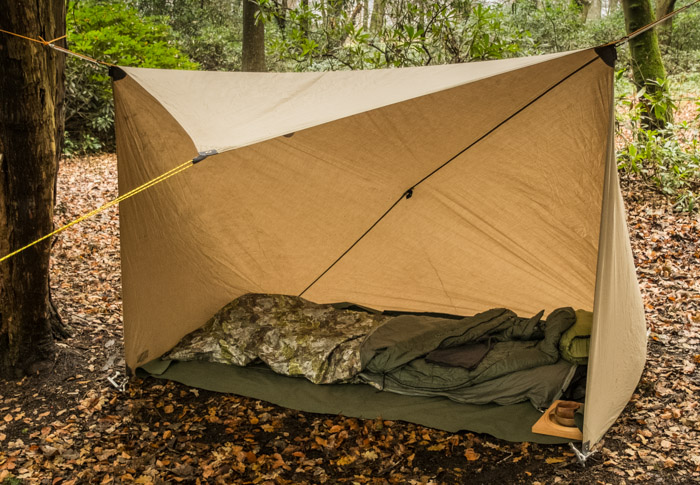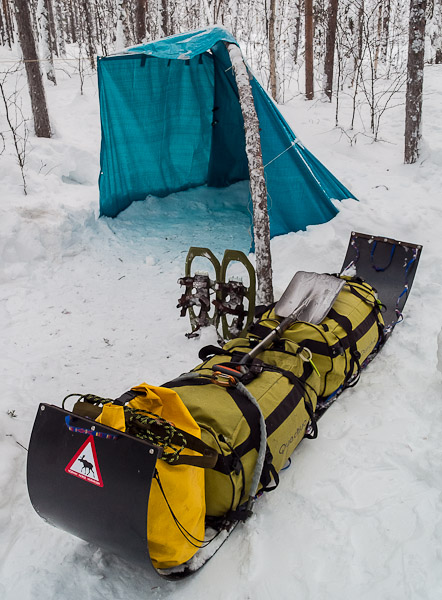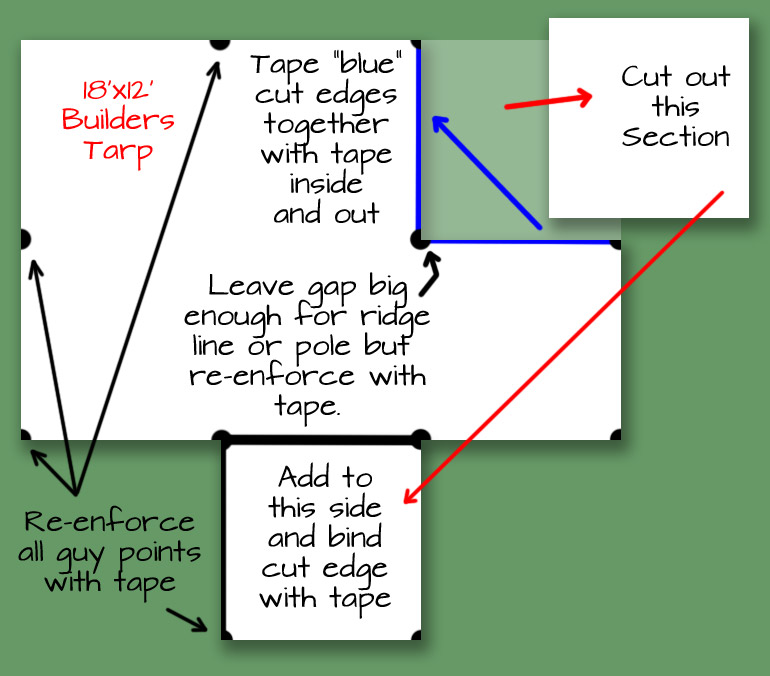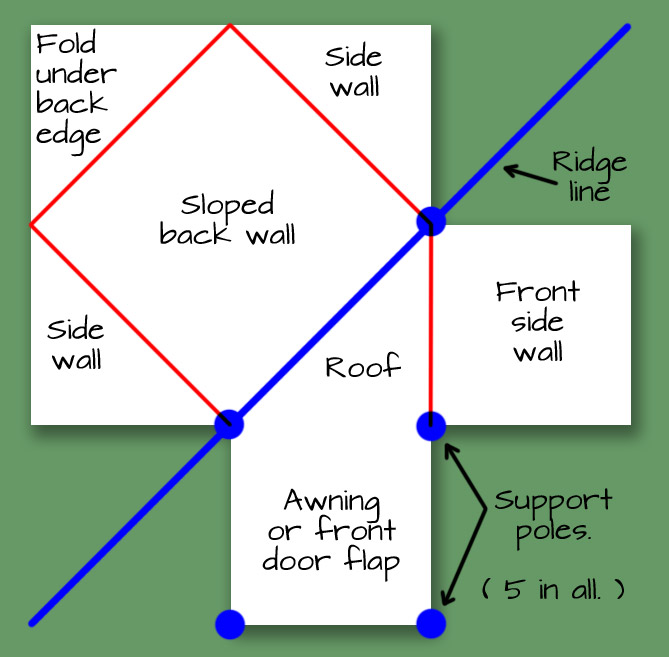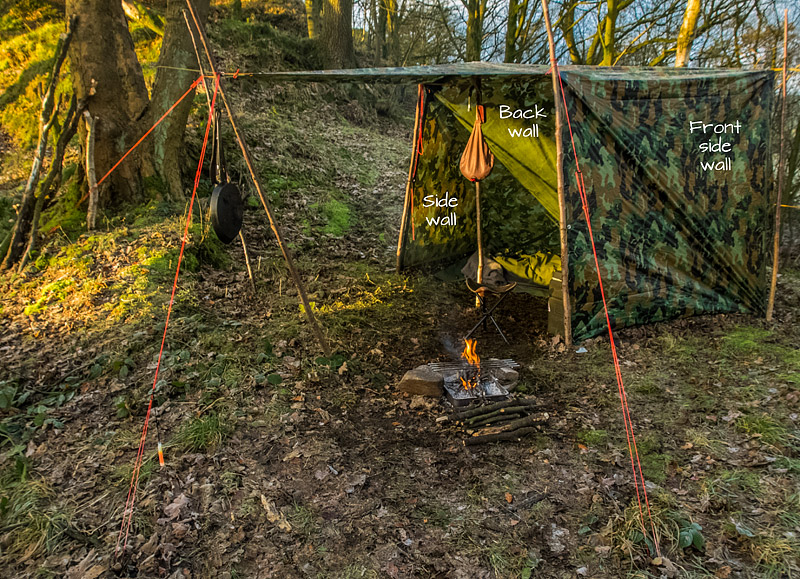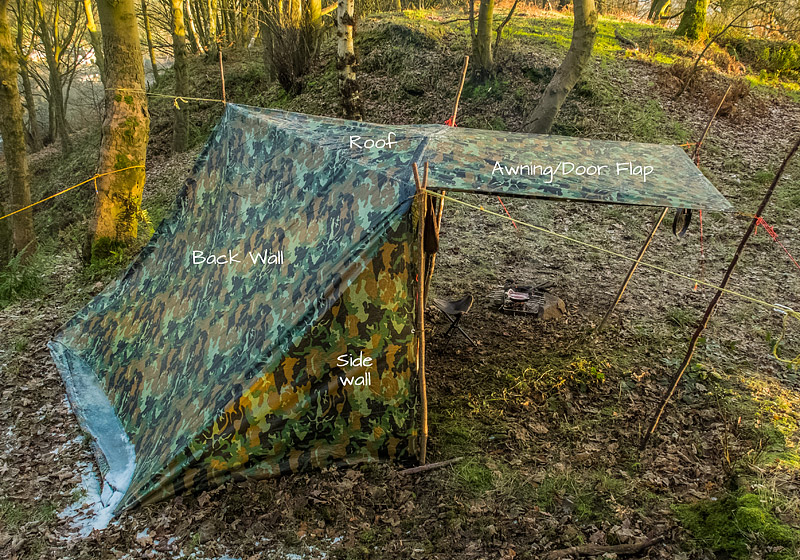KFC and Ponderosa restaurants among others
I've never eaten at a Ponderosa. But please don't judge them by KFC's. LOL. Theirs aren't bad; but they aren't especially good either.
KFC and Ponderosa restaurants among others
Woe! Too much Americana.
To Mr. Macaroon, what were you describing in post #159? Bannock bread or scones? I've made both at home (to eat, which is the whole point).
I'm not happy with the way my biscuits turn out. It's probably because I use cooking oil instead of lard or Crisco like Dolly Parton says to. But I like my bannock. My wife won't eat either one. I have had no expert instruction in either case.
Boiling water without putting a pot on the fire is very much an Indian lore sort of thing to do. But where does the paper bag come from? The Hudson Bay trading post?
.....But we, as "plain whitebread" Americans, have taken to eating tortillas fairly often, although they're wheat, not corn, and therefore not "authentic." ......
The cheap kit ain't got the right labels on for some to consider buying it, sounds harsh but I suspect its the case for some.
Oh and yes, I've boiled water in a paper bag; it was one of the rights of passage in the Scouts when I was an anklebiter
I'm guessing it was flash boiled with a hot stone wrapped in something to stop it burning the bag? I can't imagine paper holding out too well over an open fire.

One hears the term "scone" around here fairly often but I don't think the word is used with any rigid definition. Ordinary speech doesn't exactly lend itself to rigid use anyway. I tend to think of a scone as a sort of "drop biscuit," but that doesn't mean anyone else think of them like that. They'll show up at gathering for Burn's night, Hogmanay, St. Andrew's Day and the like.
Lurking amongst the tinned fruit section of my local supermarket I found these wide necked plastic containers with a watertight screw top.
Seems sturdy enough and costs around a third of what a simliar sized Nalgene bottle does, plus of course you get the edible contents.
